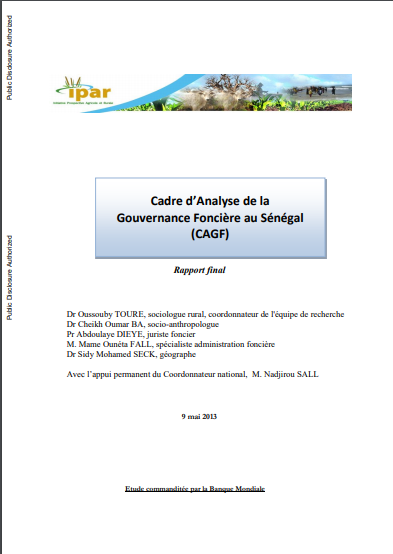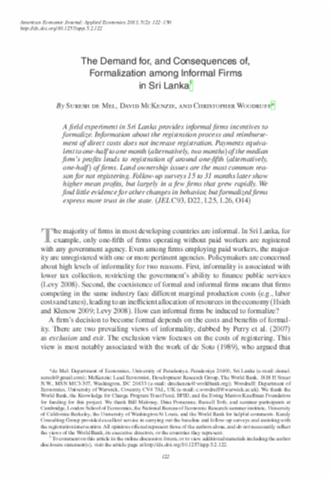The World Bank is a vital source of financial and technical assistance to developing countries around the world. We are not a bank in the ordinary sense but a unique partnership to reduce poverty and support development. The World Bank Group has two ambitious goals: End extreme poverty within a generation and boost shared prosperity.
- To end extreme poverty, the Bank's goal is to decrease the percentage of people living on less than $1.25 a day to no more than 3% by 2030.
- To promote shared prosperity, the goal is to promote income growth of the bottom 40% of the population in each country.
The World Bank Group comprises five institutions managed by their member countries.
The World Bank Group and Land: Working to protect the rights of existing land users and to help secure benefits for smallholder farmers
The World Bank (IBRD and IDA) interacts primarily with governments to increase agricultural productivity, strengthen land tenure policies and improve land governance. More than 90% of the World Bank’s agriculture portfolio focuses on the productivity and access to markets by small holder farmers. Ten percent of our projects focus on the governance of land tenure.
Similarly, investments by the International Finance Corporation (IFC), the World Bank Group’s private sector arm, including those in larger scale enterprises, overwhelmingly support smallholder farmers through improved access to finance, inputs and markets, and as direct suppliers. IFC invests in environmentally and socially sustainable private enterprises in all parts of the value chain (inputs such as irrigation and fertilizers, primary production, processing, transport and storage, traders, and risk management facilities including weather/crop insurance, warehouse financing, etc
For more information, visit the World Bank Group and land and food security (https://www.worldbank.org/en/topic/agriculture/brief/land-and-food-security1
Resources
Displaying 2606 - 2610 of 4907The Impact of the Food Price Crisis on Consumption and Caloric Availability in Pakistan : Evidence from Repeated Cross-sectional and Panel Data
Welfare losses from the 2008 food price
crisis in Pakistan are deepening the gap between poor and
non poor populations and further increasing inequality
between the provinces. To estimate welfare losses, the
reduction in caloric availability at household level is
measured. The analysis of calorie intake by source supports
the notion that rural households were shielded from the
worst effects of the crisis by their capacity to grow their
Climate-responsive Social Protection
In the years ahead, development efforts
aiming at reducing vulnerability will increasingly have to
factor in climate change, and social protection is no
exception. This paper sets out the case for
climate?responsive social protection and proposes a
framework with principles, design features, and functions
that would help Social Protection (SP) systems evolve in a
climate?responsive direction. The principles comprise
Cash for Work in Sierra Leone : A Case Study on the Design and Implementation of a Safety Net in Response to a Crisis
This paper presents an assessment of the
first phase (2008?2009) of Sierra Leone's cash for work
program based on a qualitative and quantitative analysis
examining program design features, main processes and
impact. The assessment highlights that while cash for work
was an appropriate crisis response, the challenge of
achieving good targeting should not be underestimated.
Findings from the assessment point to high inclusion errors
Cadre d’analyse de la gouvernance foncière au Sénégal (French)
Cadre d’analyse de la gouvernance foncière au Sénégal (French)
The Demand for, and Consequences of, Formalization among Informal Firms in Sri Lanka
A field experiment in Sri Lanka provides informal firms incentives to formalize. Information about the registration process and reimbursement of direct costs does not increase registration. Payments equivalent to one-half to one month (alternatively, two months) of the median firm's profits leads to registration of around one-fifth (alternatively, one-half ) of firms. Land ownership issues are the most common reason for not registering. Follow-up surveys 15 to 31 months later show higher mean profits, but largely in a few firms that grew rapidly.








